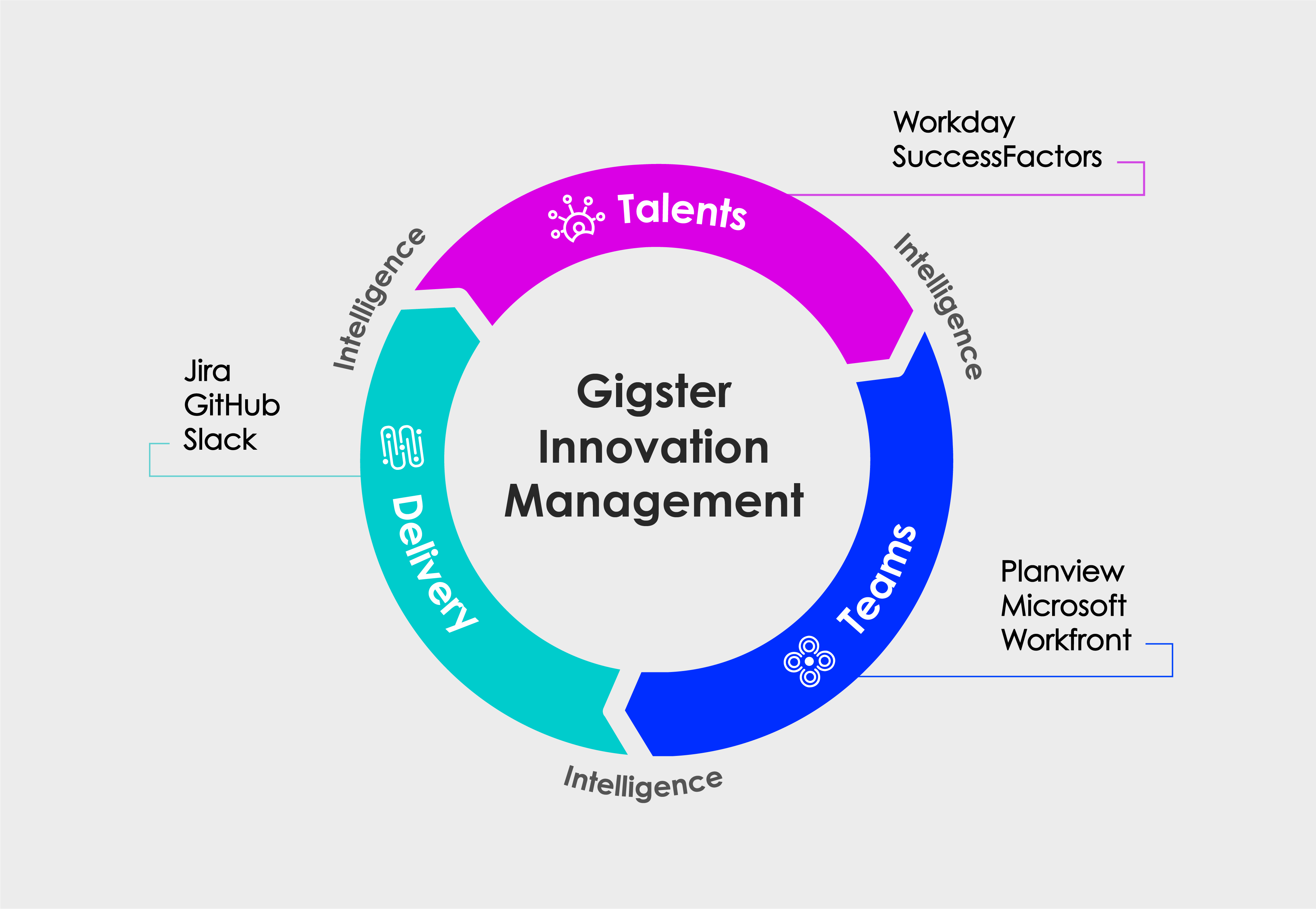
The key to maximizing innovation when using remote workers For a number of years, The Future of Work had been evolving towards using fully remote software development teams or hybrid teams made up of part in-house talent, and a mix of freelance talent.
Then, global health crisis made it necessary to move to a fully remote model, literally overnight. This has created real challenges for software engineering teams that must deliver innovative digital applications without being able to work face-to-face.
But instead of stalling innovation, using a remote workforce can actually accelerate it.
Best Practices
We’ve learned from years of success. For the last five years, Gigster has used completely distributed teams to deliver thousands of custom software applications for over 500 companies. For our clients, using remote teams has not stifled innovation: it has maximized it. Our Innovation Management Platform helps remote workers deliver custom software applications with 50% lower cost and 75% lower risk.
In all, we’ve managed thousands of remote workers around the globe to deliver game-changing applications for companies ranging from a Japanese multinational corporation specializing in the manufacture of imaging and optical products, to one of the world’s largest telecommunication companies. In the process, we’ve learned that it’s not enough to set goals for success at the beginning of a project, then measure performance against those goals at the end.
The real answer is to continuously calibrate three things:
Centralized database and user interface
Assess the skills and availability of each team member. Before and during the project.
Calibrate team composition
Keep asking if each staff project is staffed with the right skills at the right time.
Calibrate delivery risk:
Identify and resolve project risks as quickly as possible. Make this a continuous process.
Talent, teams, and delivery
What a continuous cycle of innovation looks like: Gigster manages the innovation lifecycle by linking together the talent, teams, and delivery. We continuously assess talent based on the skills they have demonstrated in previous deliverables. For staffing, these assessments ensure efficiency by putting the right people onto each project at the right time. For delivery, these assessments are used to bring in independent experts to audit every project deliverable.
Each element of the Gigster solution integrates with existing tools such as SuccessFactors for talent management, Workfront for project management, and Jira for task tracking.
Karma, Synergy, Volatility
What we measure is as important as when we measure The core of the Gigster platform is built around three continuous calibration cycles: the first cycle measures the skills of individual resources and produces a Karma score; the second calibration cycle measures the overall productivity of a team and produces a Synergy score; the third calibration cycle measure produces a Volatility score which measures the delivery risk of each project.
Each of Gigster’s calibration models uses predictive analytics based on 5 years of data and thousands of deliverables – our predictive models get better with every project milestone.
The rewards of continuous calibration
When Gigster’s innovation management platform helps companies turn remote workers into high-performance teams, our clients get:
The best talent:
We reliably rate skills and utilization across employees and contractors. For example, we identify the top 20% performers no matter where they are located.
Efficient staffing:
We move top resources fluidly to where they are most needed, which can improve productivity by 50%.
Dramatically reduced risk:
Real-time risk audits use of independent experts to peer review key deliverables for each project to reduce risk by 75%.
The results speak for themselves. We have a number of case histories that say even more.
How do you start?
The Gigster platform is modular. Clients can start with the module that delivers the highest business value for their company at the lowest adoption cost. We start with an innovation readiness audit that uses risk and efficiency data from actual projects to deliver a recommended startup approach and implementation roadmap. Get in touch to know more.
